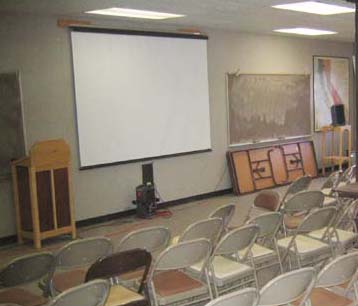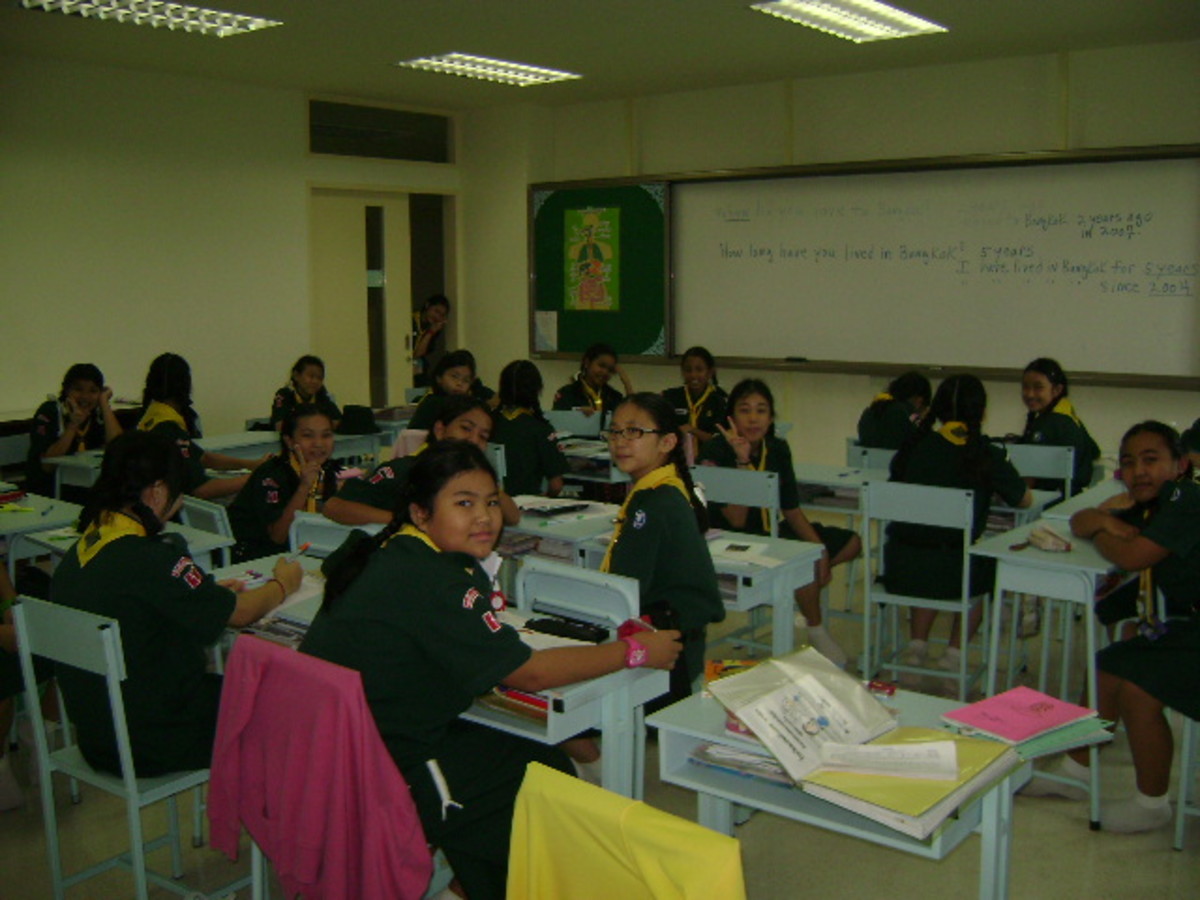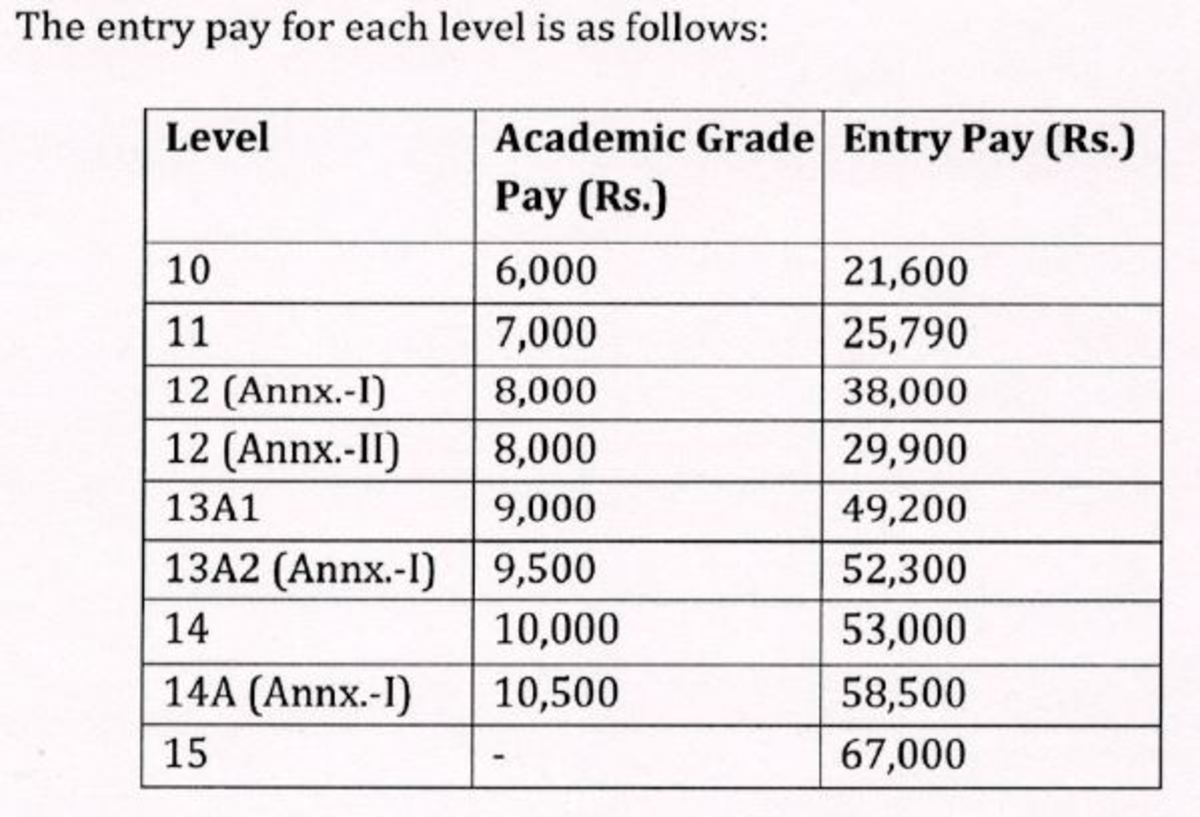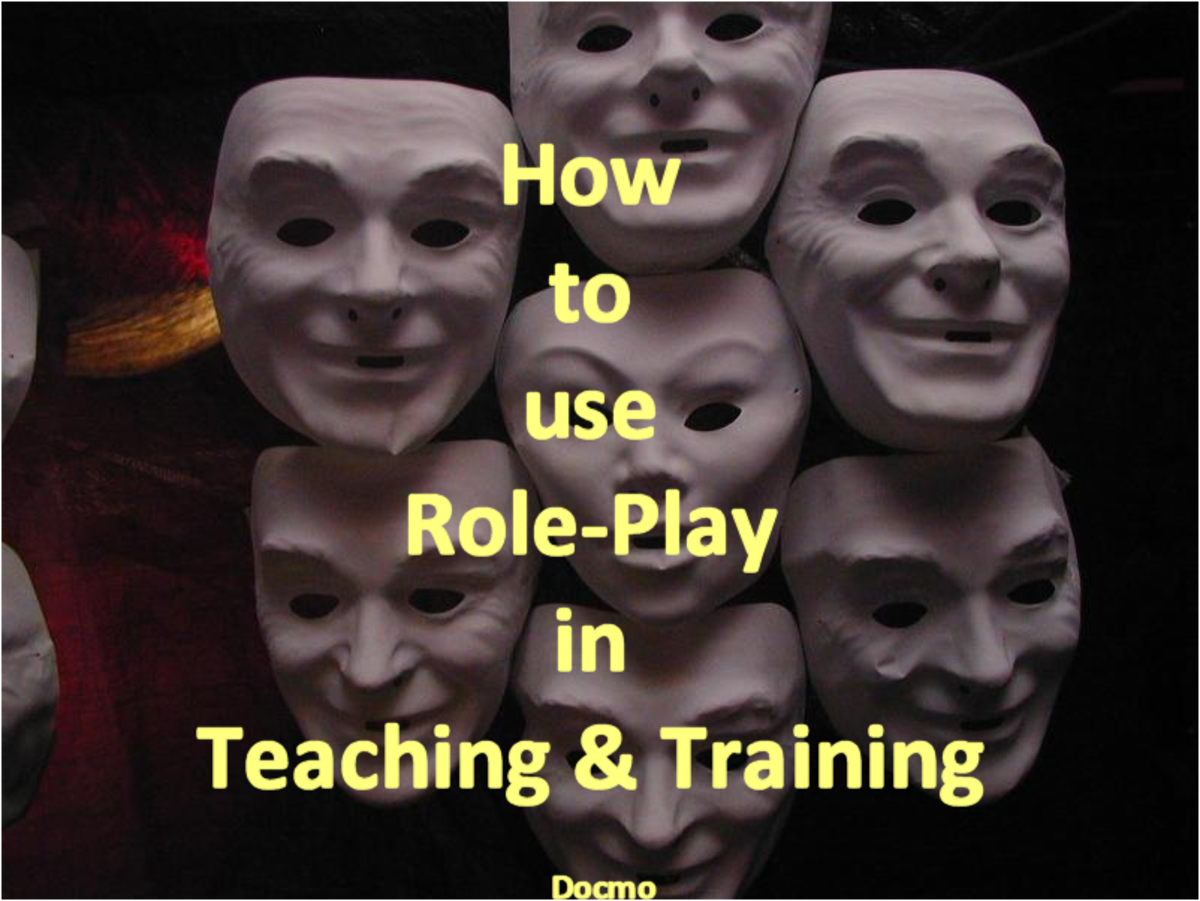Classroom Management On a Shoestring Budget
If you are an elementary classroom teacher or perhaps a highly motivated homeschool teacher, these tips can help a classroom to flow smoothly without having to spend copious amounts of money on books, seminars, or supplies.

Class Contract
Have students sign a behavior contract. The entire class has a say in the democracy of the classrom. You have a say when it comes to handling students who may be mis-stepping their goals. Use the behavior contract as a reminder to students of expectations by hanging it on the wall and creating copies to place in their folders.
For younger students, consider creating a contract out of pictures with simple words to associate what they should be focusing on daily.
The Contract can drafted in similar fashion to a class constitution or a behavior contract. It should focus on four key areas:
- Rules and expectations
- Student's expectations for learning
- Call-outs, or moments where they may need to be reminders of their goals
- Opportunity for growth in the future such as contracts with specific longer class projects (ie: an amendment)
This can serve as a great social studies lesson as well!

Introductory Video or Animation
We all know if we watch a movie at a movie theater, there is always a policy alerting us to turn off our cell phones and enjoy the show.
If you are good with flash, iMovie, or even Windows Live Movie Maker, you can create a very brief introductory video to help set the tone for your classroom. You can set expectations, guidelines, or perhaps use a short animation to capture the interests of the students with a quote or a highlight of what they will learn that day.
Positive Discipline
Creating a positive learning environment is crucial to success. In fact, even disciplinary measures should focus on reaffirming the student on what is correct. Let students shape their learning on an individual basis, as each learner has their own unique style. Students should feel comfortable to share their learning and be excited. There will be rough days, but if students realize they can share, it makes the learning process much smoother.
Here are some innovative positive feedback for experimental learning:
- Allow students to work in peer groups to solve problems individually to encourage independence and teamwork
- Ask students what motivated them to do said behavior
- Leave an anger bag or punching ball for students if they feel incredibly frustrated to go out in the hall for 2-3 minutes to relieve stress
- Demonstrate a classroom ecosystem- if one part fails, the entire class suffers
- Be consistent and remind students of what good progress should look like
- Avoid interrupting class to confront discipline by using proximity and disciplinary actions that are quiet such as pinning a mark on a chart by their desk, reducing money from the classroom economy, etc..

Classroom Economy
Design a class economy to manage student jobs, rewards, or procedures.
You can obtain money by:
- Printing a class money design
- Using monopoly money and pasting a class design onto the bill
- Creating a "digital" economy on the internet for older students
The economy should be simple and to the point with clear expectations. You could also institute a barter system whereby students can trade money or services in a positive fashion to help the overall classroom as a whole.
Transition Dice
While in-between lesson plans it makes sense to have a transition so that the students know expectations as well as have their own thoughts as to how to approach a lesson.
Let students design a class dice on a big scale to roll when in between specific lessons to help keep focus and engagement. You can also use this lesson as a chance to reinforce math lessons as well. The chart below lists some quick transitory ideas between lessons.
Chants and Voal Activites
| Timed mini-lessons
| Written activites
|
|---|---|---|
Positive affirmation
| split second math drill
| Famous Quote
|
Lesson re-cap
| Opening liner to the next lesson
| Suggestion Box
|









